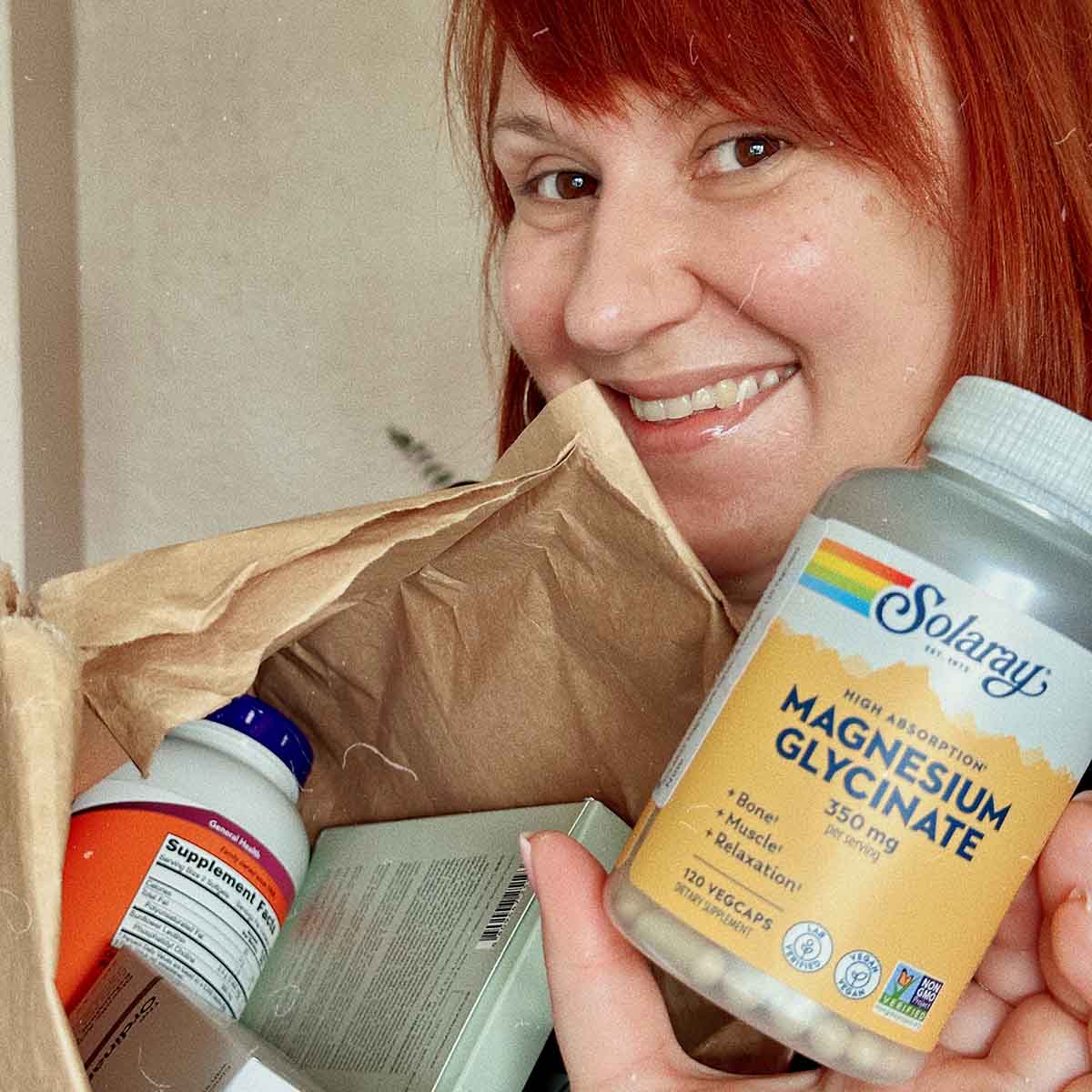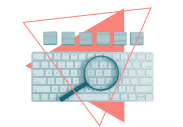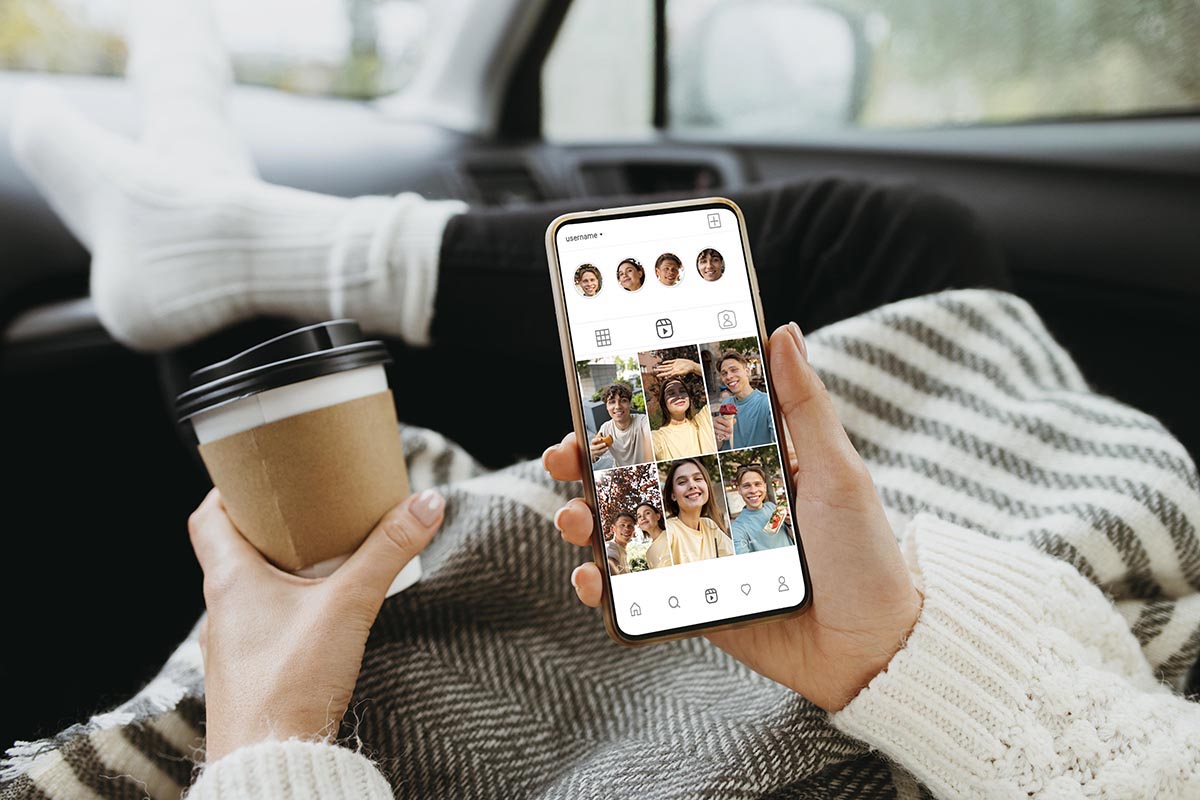Modern B2B Sales Strategies to Acquire Customers in 2026
Key Points
- B2B buyers want value-first digital experiences, not cold pitches or generic outreach.
- Storytelling and personal branding build trust faster than traditional sales decks.
- Modern B2B success means being helpful, relatable, and easy to buy from — before the sales call even happens.
Why cold DMs aren’t enough — and what to do instead.
Let’s be real — turning cold leads into paying customers isn’t simple anymore. Buyers are savvier.
Markets are louder. And no one wants to hop on a call unless it feels worth their time.
In 2026, B2B sales isn’t just about pitching your product — it’s about creating an experience that makes buyers feel understood before they even speak to you.
Sales targets are real. But so is buyer burnout.
So the smarter route? Build a system that meets buyers where they are — and guides them forward with value and clarity.
Let’s talk about what that actually looks like.
B2B vs B2C: Why the Sales Approach Has to Shift
When people hear “sales,” they often think of a retail rep or a flashy DTC ad on Instagram.
That’s B2C — business-to-consumer. But B2B (business-to-business) sales? That’s a different game.
You’re not selling to people — you’re selling to teams, budgets, timelines, and buying committees.
It’s longer, more layered, and less emotional… unless you’re smart enough to bring the human side into it.
In 2026, buyers are doing most of the research before even reaching out to sales. That means your digital presence, content strategy, and onboarding experience matter more than ever.
B2B Buyers Want a Tuned-In Digital Experience
Gone are the days when you could book a call and do all the explaining live. Buyers want:
- Case studies that talk like real stories, not spreadsheets
- Personalized demos or quick product tours
- Clear, honest pricing (no mystery PDFs)
- Social proof that actually feels trustworthy (read: UGC, testimonials, client features)
And most importantly: They want to feel like you get their pain before you pitch the solution.
In other words, sales isn’t about chasing leads anymore.
It’s about building systems that let the right leads come to you already warm.
The 3 Modern Types of B2B Sales (And How to Work Each One)
Let’s break down the B2B sales structure — but make it modern.
1. Supply Sales → Think: Essentials at Scale
You’re selling core materials or infrastructure — anything a business needs to operate.
Example: A tech manufacturer selling semiconductors to electric car brands.
✅ What works now:
- Smart nurturing through email and LinkedIn
- Data-driven presentations that show ROI clearly
- AR or 3D previews for physical products
2. Distribution Sales → Think: B2B2C
You’re selling to a business that will resell your product or use it as a base.
Example: A wellness brand wholesaling supplements to gyms or wellness stores.
✅ What works now:
- Exclusive pricing tiers shown upfront
- Highlighting how your product helps them grow their bottom line
- Plug-and-play assets (photos, promo kits) to make reselling easier
3. Service Sales → Think: SaaS, Agencies, Subscriptions
You’re offering a solution that solves a problem — monthly, annually, or project-based.
Example: A software company selling CRM access or a content agency providing monthly UGC packages.
✅ What works now:
- Clear use-case videos tailored by industry
- Low-friction onboarding (free trials, self-serve dashboards)
- Warm, personality-led content from the founders or team
How Does The B2B Sales Process Differ From B2C?
While consumers might buy something with a passion, B2B is a massive market with much larger transaction values and longer sales cycles.
It is even more complicated as multiple stakeholders and decision-makers within the company are involved.
Also, B2B buyers are much more research-driven before contacting a potential vendor. All thanks to the complete access to the internet!
How Smart Brands Are Winning B2B Sales in 2026
Want to stand out? Look at what the fastest-growing companies are doing:
✅ Building Personal Brands in Public
Founders and execs are using LinkedIn, podcasts, and newsletters to become trusted voices — not just sellers. People buy from people they trust, especially in B2B.
✅ Using Storytelling in Every Pitch
No more slide decks with 30 bullet points. Now it’s:
“Here’s what this client was struggling with… here’s how we helped… here’s the real result.”
Emotions still close deals — even in boardrooms.
✅ Mixing UGC into the B2B funnel
Yes, UGC. Even in B2B. Think client testimonials shot on Zoom, behind-the-scenes of your process, or a client showing how they use your tool. Feels real. Builds trust.
✅ Making the buyer feel seen before the sales call
This means niche-specific landing pages, industry-focused ad copy, or lead magnets that actually help.
The goal? By the time they schedule a demo, they already believe you’re the right choice.
B2B Sales Strategies for Businesses
Generating B2B sales funnel in this buyer-centric reality cannot be mastered overnight.
You can better turn your funnel into a revenue-generating machine by constantly applying the following effective tactics.
Here are our top four suggestions to drive B2B sales today.
Align Sales and Marketing with ABS
A shared view of customer data across marketing, sales, and customer service increases customer satisfaction and maximizes results.
Reach out to potential customers using ICP (ideal customer profile), help them in decision-making and suggest the perfect solution before they go for competitive offerings.
Align your departments to focus on Account Based Selling (ABS) to keep multiple stakeholders engaged.
For the ABS approach, a multi-channel strategy establishes contacts with multiple stakeholders.
To implement ABS, you need to record enough information about your ideal customers or target market in your CRM and easily access the data throughout the company.
Such information-based prospecting is ideal for organizations with complex sB2B sales funnel interactions with a higher chance of up-selling and cross-selling.
Moreover, the email marketing team should sync with the social media team to produce personalized content for specific companies, such as presentations, intro videos, eBooks, case studies, and targeted ads.
Besides leading to high-value conversions, the goal is to build trust by investing in long-term relationships.
What’s Out?
- Cold emails that don’t speak to the buyer’s real problems
- Gated content that’s just fluff
- Endless follow-ups with no value
- Complicated onboarding flows
If it’s not clear, helpful, and built for the person reading it, it’s not going to convert in 2026.
Nurture Leads On Social Media (Social Selling)
Most internet users use social media on their product or service research journey.
Engaging customers on social media where they spend their time will let your customers find you there before they embark on their research.
The action of establishing your business relationships with the defined target audience is social selling.
Social selling works for B2B businesses because business users now use social media as their primary form of communication.
It first focuses on building relationships with prospective companies and then selling.
Unlike ABS, it can be done on a large scale without requiring the same level of customization. In addition, social selling and marketing are not the same, as the former focuses on establishing one-on-one relationships, whereas the latter is about advertising messages from one to many.
Therefore, don’t neglect the value of social media outreach and promote relevant content across channels where deeper conversations are more likely to occur.
In the B2B context, turn to LinkedIn, Twitter, Facebook, and others to engage potential buyers and address their issues.
Create Engaging Content for the B2B Sales Funnel
Strategic, creative content is critical, so your company is inevitably discovered.
The best way to attract prospects and capture their attention is to create long-form content that solves every potential issue your customers might have.
The first step is to define your audience and ensure the content speaks your audience’s language.
At the top of the sales funnel, content should be relevant to your industry and product or services.
Generate awareness of your brand without attempting to sell. As the customer builds trust, they should see content showing your offerings.
It could be in the form of actionable blogs, case studies, webinars, infographics, white papers, high-quality articles, demos, eBooks, podcasts, or webinar series.
Finally, the bottom-of-funnel content requires content driven by sales, where the customers make decisions—for example, pricing, competitor comparison charts, datasheets, etc.
Customer stories and testimonials can perfectly drive organic website traffic and generate sales.
Moreover, bring the right proof to back up your claim and win deals with a competitive battlecard template.
If each mentioned asset is highly SEO-optimized, it will significantly turn their purchasing decision in your favor.
Some actionable tips for making your content more engaging include using customer personas, telling a compelling story, optimizing the content design, and getting the structure right.
To develop your content database, ask the existing buyers about their needs and what they find valuable in your services.
Track the queries on search engines and have salespeople share content relative to the buyer’s pain points.
Make Your Website Inviting
After the pandemic, websites are the new customer meeting place instead of conferences and industry events.
It is the need of every business. However, not all the webpages guide the same way.
Some websites are developed with a thorough understanding of the way how users make buying decisions through websites.
In comparison, some websites aren’t designed to meet customer needs and navigate exactly where customers need to be to acquire the products quickly.
The typical contact information and demo registrations do not guarantee a satisfactory online purchasing experience.
Such tricks to capture emails only engage a small fraction of the possible chances on the website.
However, B2B websites enable us to connect with more leads as the chat platforms proliferate.
Identify the buying intent of your site traffic and get them interested in your product.
No problem if all of your website visitors are anonymous.
AI-powered software solutions and the chat platform can identify anonymous website users and dramatically increase your conversion rates.
Final Word: B2B Sales Is Still Human
The platforms, strategies, and buyer behavior have changed — but one thing hasn’t: People still buy from people.
So if you want to hit your numbers without sounding like a robot, you need to:
- Be relatable
- Speak clearly
- Show up consistently
- And always lead with value
Whether you’re selling a $5K subscription or a warehouse of product, the same truth applies: The better you understand your buyer, the easier it is to earn their trust — and their business.

























